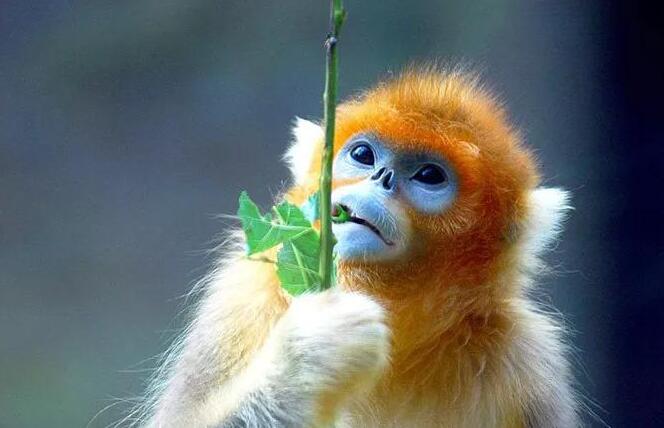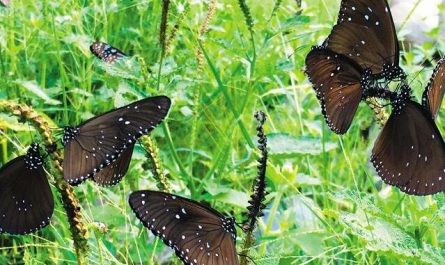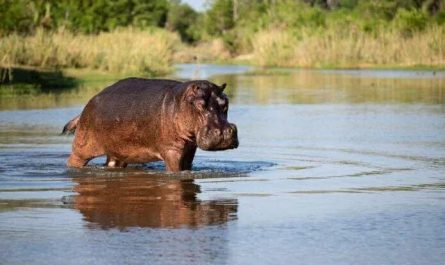The reason why golden monkeys are rare animals
Due to human over-development, the habitat of golden monkeys is getting smaller and smaller, their living space is threatened, and their reproduction is also threatened with extinction.
Golden snub-nosed monkey (an animal of the genus Rhinoceros in the monkey family) generally refers to the genus Rhinoceros. The golden monkeys distributed in China are all national first-class protected animals in China. After years of follow-up research, researchers from the Institute of Zoology of the Chinese Academy of Sciences found that there are only 4 species of golden monkeys in the world, and these populations have been clearly isolated. It also presents an ecologically isolated “island” situation, in an endangered state. Historically, golden snub-nosed monkeys were widely distributed in China’s southern, southwest, southeast, and central regions, as well as in the northwestern provinces of Shaanxi and Gansu. However, due to changes in the habitat, the golden monkey populations have become extinct in many areas.
Inhabits high altitude areas of 2000-3000. It is herbivorous, has the habit of vertical migration, lives in groups, has rich social behaviors, and has a variety of shouts. They live in a hidden environment and are not easy to be discovered. The pregnancy period is about 200 days, and they are sexually mature in 5-7 years. Due to habitat destruction and hunting, the numbers are scarce, and they are all endangered, rare and protected animals.
Since the earliest snub-nosed monkey found in the world is the Sichuan golden snub-nosed monkey living in Sichuan, Shaanxi, and Gansu, China, this genus of animals is usually called the golden snub-nosed monkey, and its English name is literally translated into Chinese as the snub-nosed monkey. There are five species of animals in this genus, all distributed in Asia.
It is a typical forest arboreal animal, inhabiting forests in high-altitude areas at an altitude of 1500-3300 meters. Its vegetation types and vertical distribution zones belong to four vegetation types: subtropical mountain evergreen, deciduous broad-leaved mixed forest, subtropical deciduous broad-leaved forest and evergreen coniferous forest, and secondary coniferous and broad-leaved mixed forest, which change with the seasons , They do not migrate horizontally, only move vertically in their habitat.
A brief history of golden monkey species
The genus Rhinosaurus occurred in the Qinling area of China during the Pleistocene more than 1 million years ago. It is generally believed that the origin of the golden monkey is related to the middle monkey (Mesopithecus, an ancient colobus) from the Late Miocene to Pliocene in Eurasia. It is related to Doliehcpithecus from sub-Europe.
The evolutionary tree of golden monkeys has always been controversial about the classification of the genus Rhinoceros monkeys. Some people have observed that different golden monkeys in captivity are mutually fertile and believe that they should be 4 subspecies of one species. The current consensus view is that the Rhinoceros monkey was originally a species distributed in the Hengduan Mountains. Later, due to reproductive isolation due to geological changes, five species evolved. This isolation occurred 25,000 years ago due to the short isolation period. These species are not completely species.
According to different ecological characteristics, the Yunnan snub-nosed monkeys that enter high altitudes are called evolutionarily advanced species, while the Vietnamese snub-nosed monkeys are relatively primitive, the Sichuan snub-nosed monkeys are closely related to the Qian snub-nosed monkeys, and the Qian snub-nosed monkeys are relatively primitive. The discovery of the Burmese golden monkey is relatively late, and the research on it is not yet in-depth.






